The Miniature Schnauzer (schnauzer) is a small, energetic, and intelligent dog breed that originated in Germany in the mid-to-late 19th century.
Here’s a brief history of the breed:
The Miniature Schnauzer (schnauzer) is a small, energetic, and intelligent dog breed that originated in Germany in the mid-to-late 19th century.
Here’s a brief history of the breed:
The Miniature Schnauzer was developed as a smaller version of the Standard Schnauzer, which was a working farm dog. The goal was to create a dog that was better suited for ratting and other vermin control while maintaining the Schnauzer’s distinct characteristics. Breeders achieved this by crossbreeding Standard Schnauzers with smaller breeds such as Affenpinschers and Poodles.
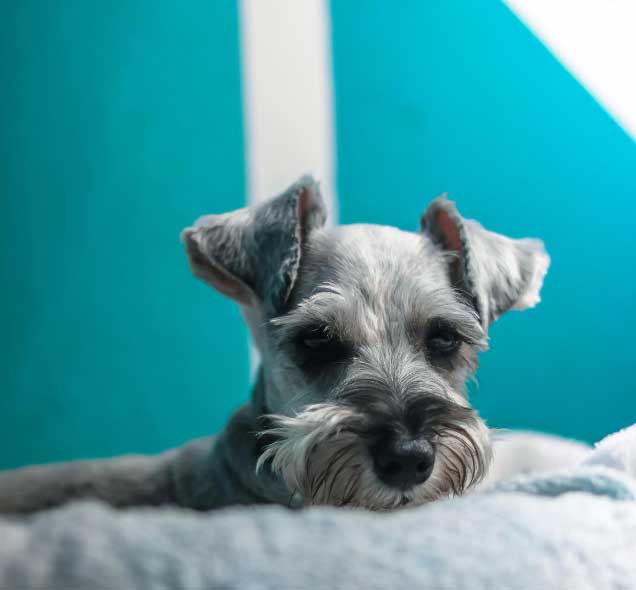
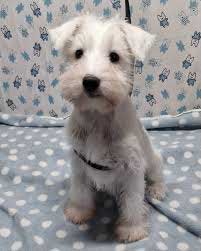
The name “Schnauzer” is derived from the German word “schnauze”, meaning “snout” or “muzzle,” referring to the breed’s distinctive whiskered face. Their iconic bushy eyebrows and beard are hallmark features, alongside their wiry double coat.
Miniature Schnauzers were primarily used as ratters, guarding homes, barns, and livestock. Their small size, agility, and keen sense of smell made them ideal for this task. They also served as loyal companion animals for families. Read more about them here.
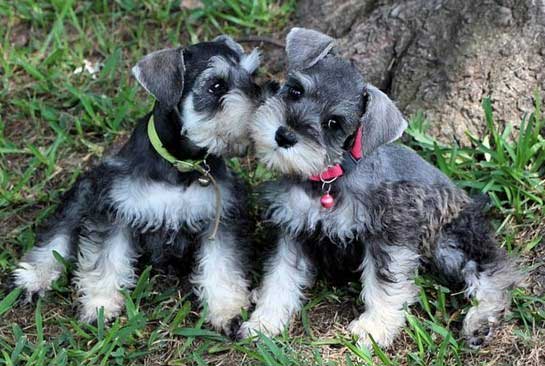
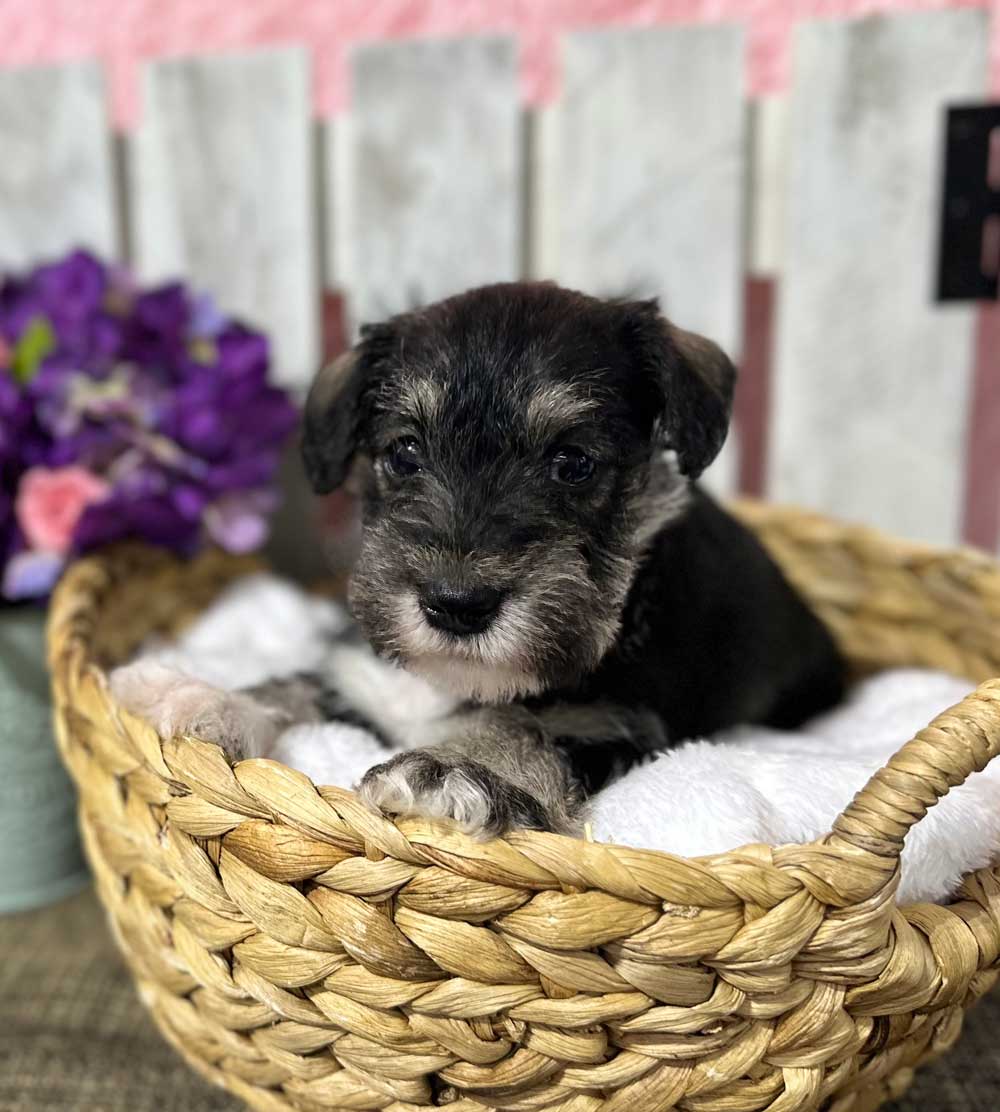
The first recorded Miniature Schnauzer appeared in Germany in 1888.
The breed was officially recognized in Germany in 1899 and by the American Kennel Club (AKC) in 1926.
In the United States, Miniature Schnauzers gained popularity after World War II and have consistently remained one of the most beloved breeds due to their friendly nature and adaptability.
Today, Miniature Schnauzers are cherished as companion animals and show dogs. They are known for their intelligence, trainability, and playful personalities. Despite their small size, they maintain the spirited and protective instincts of their ancestors.
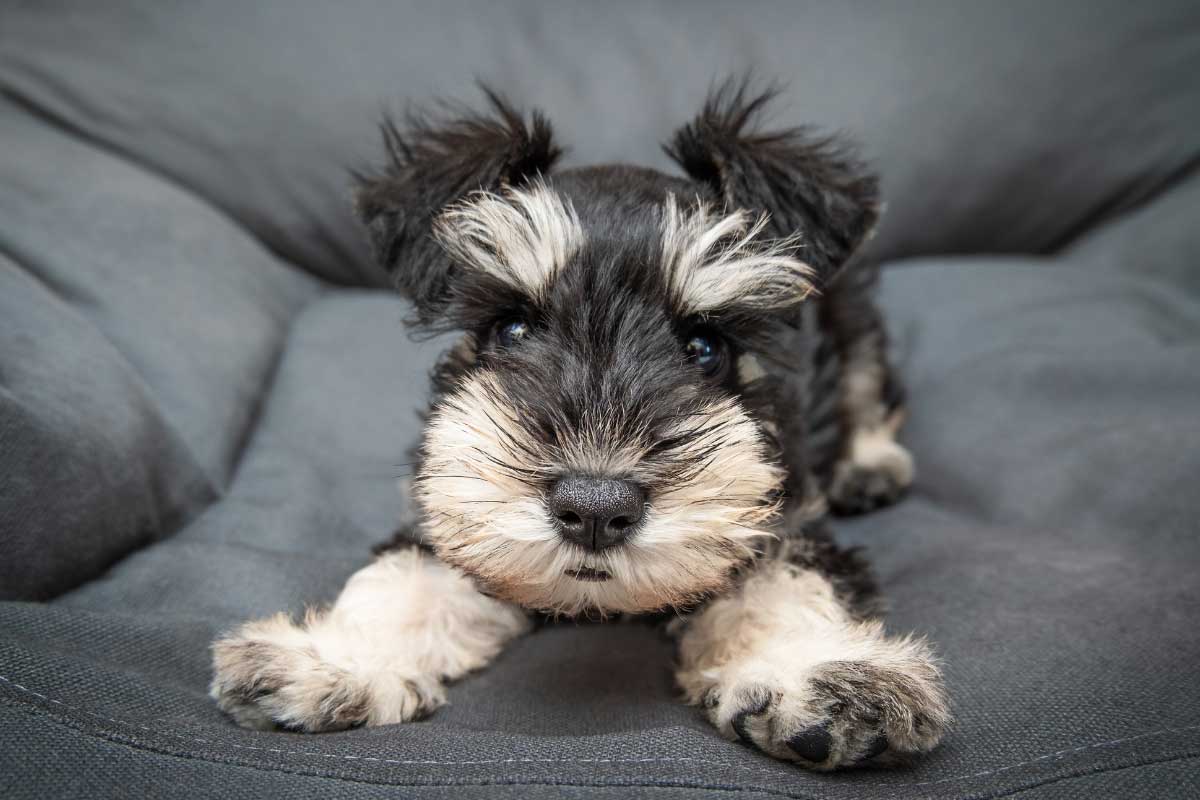

They are the smallest of the three Schnauzer breeds (Standard Schnauzer, Giant Schnauzer, and Miniature).
Their mega coat comes in colors like salt and pepper, black and silver, and solid black.
They are highly adaptable, thriving in both city apartments and rural settings.